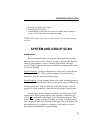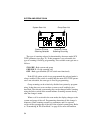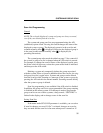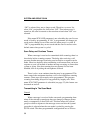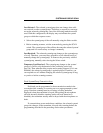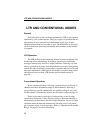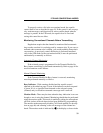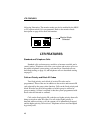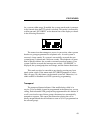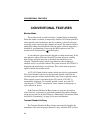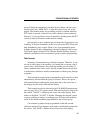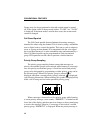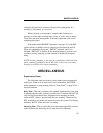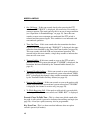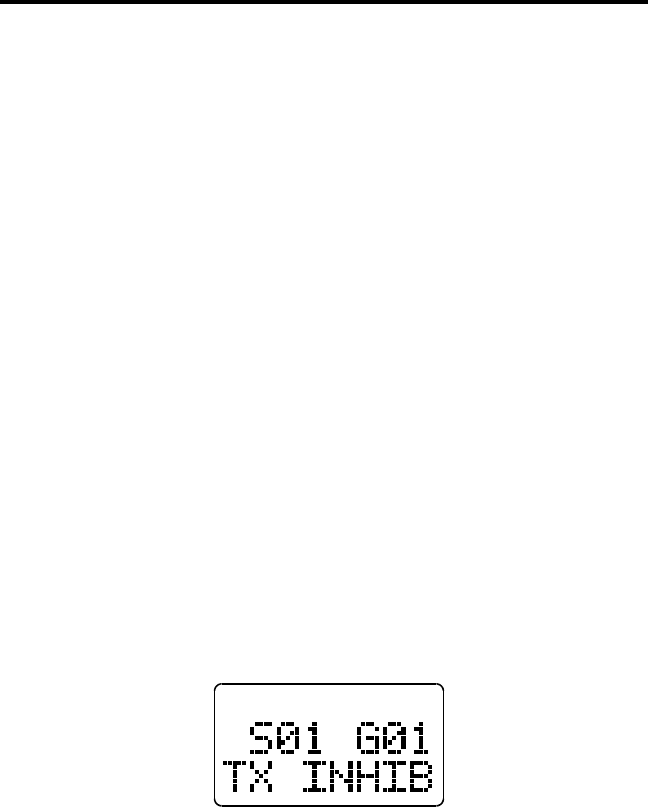
LTR FEATURES
41
If a call is received on one of the fixed priority ID codes, either
“PRIORTY1” or “PRIORTY2” is displayed on the bottom line. The
selectable groups are then checked to see if any have the same ID code. If
a match is found, the transceiver changes to that group. If no match is
found, the group does not change and a response cannot be made on that
ID code. The “Transmitting in the Scan Mode” programming described
on page 36 determines if a change is temporary or permanent.
When block ID codes are used, calls are detected on entire blocks of
ID codes. When a call is received on a block ID code, “BLK CALL” is
displayed and the selected group does not change.
Transmit Inhibit
The Transmit Inhibit feature prevents the transmitter from keying if
the mobile you are calling is busy with another call. When the transmitter
is disabled by this feature, the intercept tone sounds and “TX INHIB” is
displayed (see following illustration). To make another call attempt, the
PTT switch must be released and pressed again. However, you may want
to wait a few seconds before making another attempt so that the other call
can finish.
One use of this feature is to prevent the accidental interruption of a
call in progress. This could happen when the other party unkeys or if a
higher priority ID is transmitted. It may also be used to provide an indica-
tion that the mobile you are calling is busy with another call. A similar
Transmit Disable On Busy feature is available on conventional systems
(see page 44).



